Do you love Pokémon? Do you know every Pokémon name? What about their original Japanese names? Since the releases of the first two videogames titles for Nintendo Game Boy in 1995 and the anime series in 1997, Pokémon had a great cultural impact in Japan and worldwide and its legacy continues to these days (here you can see how popular Pokémon still is around the world). I was a great fan of the series when I was a kid and I remember the names of the first 251 Pokémon even now.
But do you know that Pokémon names have meanings and it's a great way to learn Japanese? Many of these are play on words and some describe the Pokémon's personality and characteristics. The word Pokémon itself has a meaning: Poke comes from ポケット (pokketto), meaning 'pocket' and Mon comes from モンスター (monsutā), meaning 'monster'.
In my case, thanks to Pokémon (and Digimon too), I got interested in learning Japanese when I was a kid, because my parents bought me Pokémon trading cards in Japanese and I wanted to read their names in their original language. That was my introduction to Japanese and it became a great way of learning and practicing Katakana. And also some Japanese words as well in a very fun way.
Since there are around 1,025 Pokémon now, for this article we chose the most interesting names from the first three generations: the Kanto Region, the Johto Region and the Hoenn Region.

How do you call the Kanto Pokémon? (a.k.a. Generation 1)
Pikachu (Japanese name: ピカチュウ Pikachuu).
The most famous Pokémon of all. ピカ (pika) comes from the word ぴかぴか (pikapika), meaning 'shiny', and チュウ (chuu) is the onomatopeia for the cry of mice. So Pikachu means 'shiny mouse'.
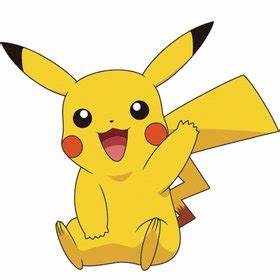
Bulbasaur (Japanese name: フシギダネ Fushigidane).
フシギ (fushigi) comes from 不思議 (fushigi), meaning 'wonderful', 'strange', 'fascinating', and ダネ (dane) comes from 種 (tane), meaning 'seed'. So its name means 'wonderful/strange seed'.
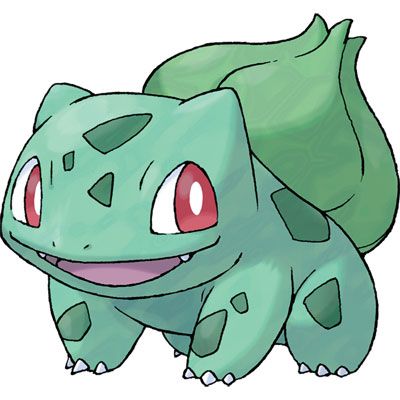
Charmander (Japanese name: ヒトカゲ Hitokage).
ヒ (hi) comes from 火 (hi), 'fire', and トカゲ (tokage) means 'lizard'. Literally 'fire lizard'.
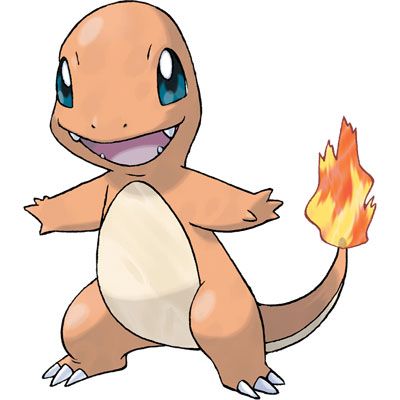
Oddish (Japanese name: ナゾノクサ Nazonokusa).
ナゾノ (Nazono) means 'mysterious' (謎の, nazo no) and クサ (Kusa) means 'grass', 'herb'. So, this Pokémon's name means 'mysterious grass/herb'.
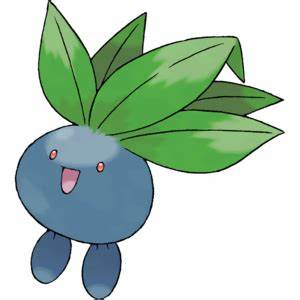
Magikarp (Japanese name: コイキング Koikingu).
コイ (koi) is the name of a very famous Japanese fish species, the koi (鯉, koi) and キング (kingu) comes from the English word 'king'. So Magikarp in Japanese is 'the king of Koi'.
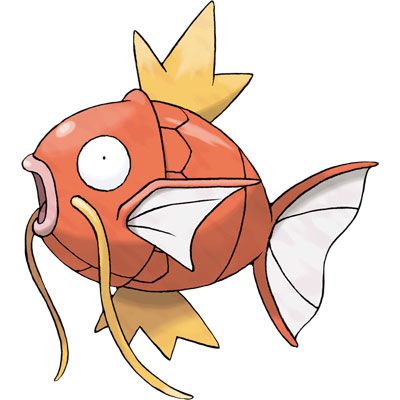
Bellsprout (Japanese name: マダツボミ Madatsubomi)
マダ mada means 'still' and ツボミ tsubomi 'flower bud'. Bellsprout is 'still a flower bud' in Japanese.
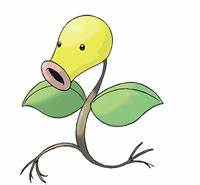
What about the names of Johto Pokémon? (a.k.a. Generation 2)
Cyndaquil (Japanese name: ヒノアラシ Hinoarashi).
The Japanese name means 'firestorm'. ヒ (hi) means 'fire' (火, hi), ノ (no) means 'of' (の, no)and アラシ (arashi) means 'storm' (嵐, arashi). So written in Kanji and Hiragana is 火の嵐 (hi no arashi).
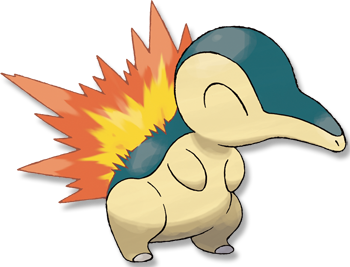
Totodile (Japanese name: ワニノコ Waninoko).
ワニ (wani) means 'alligator', ノ (no) means 'of' and コ (ko) means 'kid' (子, ko). So its name means literally 'alligator's kid' (ワニの子, wani no ko).
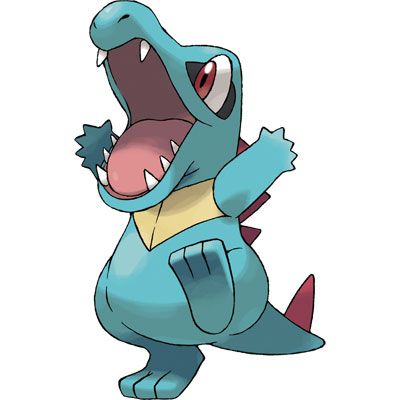
Bellosom (Japanese name: キレイハナ Kireihana).
キレイ (kirei, きれい) means 'beautiful' and ハナ (hana, 花) means 'flower'. So Kireihana means 'beautiful flower'. Note that キレイ is an adjetive that needs a suffix after it when used with a noun, so the correct sentence in Japanese is きれいな花 (kirei na hana), but it doesn't sound well as a name so it's better without the な (na).
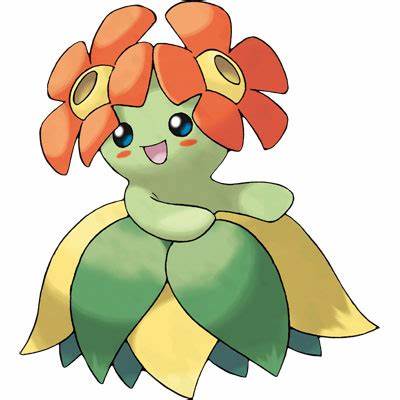
Girafarig (Japanese name: キリンリキ Kirinriki).
キリン (kirin) means 'giraffe' and the last past of the name is the same word, but backwards. Same as in English.

Sudowoodo (Japanese name: ウソッキー Usokkii).
ウソ (uso, 嘘) means 'lie' and ッキー (kkii) comes from 木 (ki), meaning 'tree'. So Usokkii means something like 'false tree' or 'tree that lies', because despite looking like a normal tree, it's a Pokémon (and it's Rock type).

Scizor (Japanese name: ハッサム Hassamu).
Scizor's name in Japanese means both 'to grip' (hasamu, 挟む) and 'scissors' (hasami, はさみ).
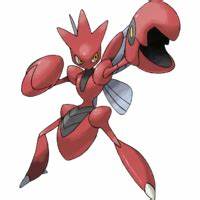
Sunflora (Japanese name: キマワリ Kimawari).
The name comes from ひまわり (himawari), meaning 'sunflower'.
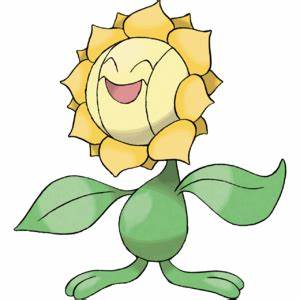
The Hoenn Pokémon (a.k.a. Generation 3).
Shroomish (Japanese name: キノココ Kinokoko).
キノコ (kinoko) means 'mushroom'. The last コ means 'kid' (子, ko). Since it's a Basic Pokémon, the name fits it.
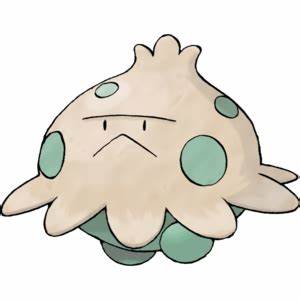
Slakoth (Japanese name: ナマケロ Namakero).
怠ける (namakeru) is the word in Japanese for 'to be lazy'. ナマケモノ (namakemono) is the word for 'sloth'. However, Slakoth's Japanese name is even funnier because ナマケロ can be translated to 'be lazy!' (怠けろ!, namakero!).
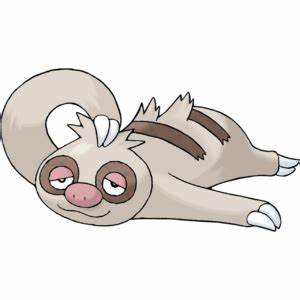
Camerupt (Japanese name: バクーダ Bakuuda).
The Japanese word for 'camel' is ラクダ (rakuda). バク comes from the word 爆発 (bakuhatsu), meaning 'eruption'. The play on words is the same as in English.
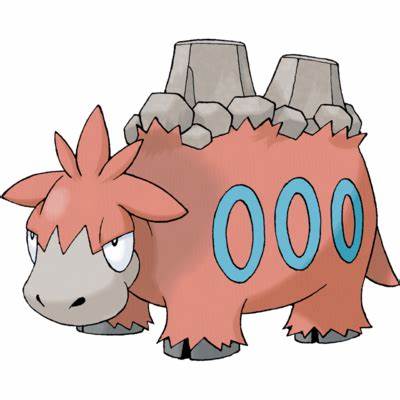
Shuppet (Japanese name: カゲボウズ Kagebōzu)
カゲ kage means 'shadow' (陰 kage. The Kanji 影 can also be used for this word if we are speaking about the shadow that is formed when light is projected on objects). ボウズ bōzu has more than one meaning, but the most suitable for this Pokémon is 'boy' in a negative and rude way. Shuppet's Japanese name means 'the boy from the shadows'.
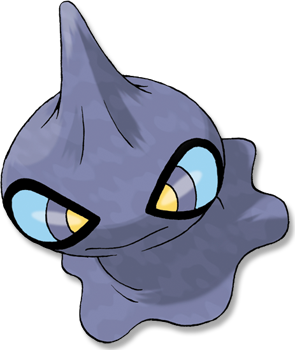
In conclusion.
There are lots of Pokémon with interesting names in Japanese, but if we covered every one of them, we could be many days talking about how fascinating they are (remember: they're like 1,025 Pokémon now!). However, the important thing to know is that you can learn Japanese in a very fun way with Pokémon names. After you read this article, you can go and search for new Pokémon, learn their Japanese names and try to discover their hidden meaning.
Related posts:
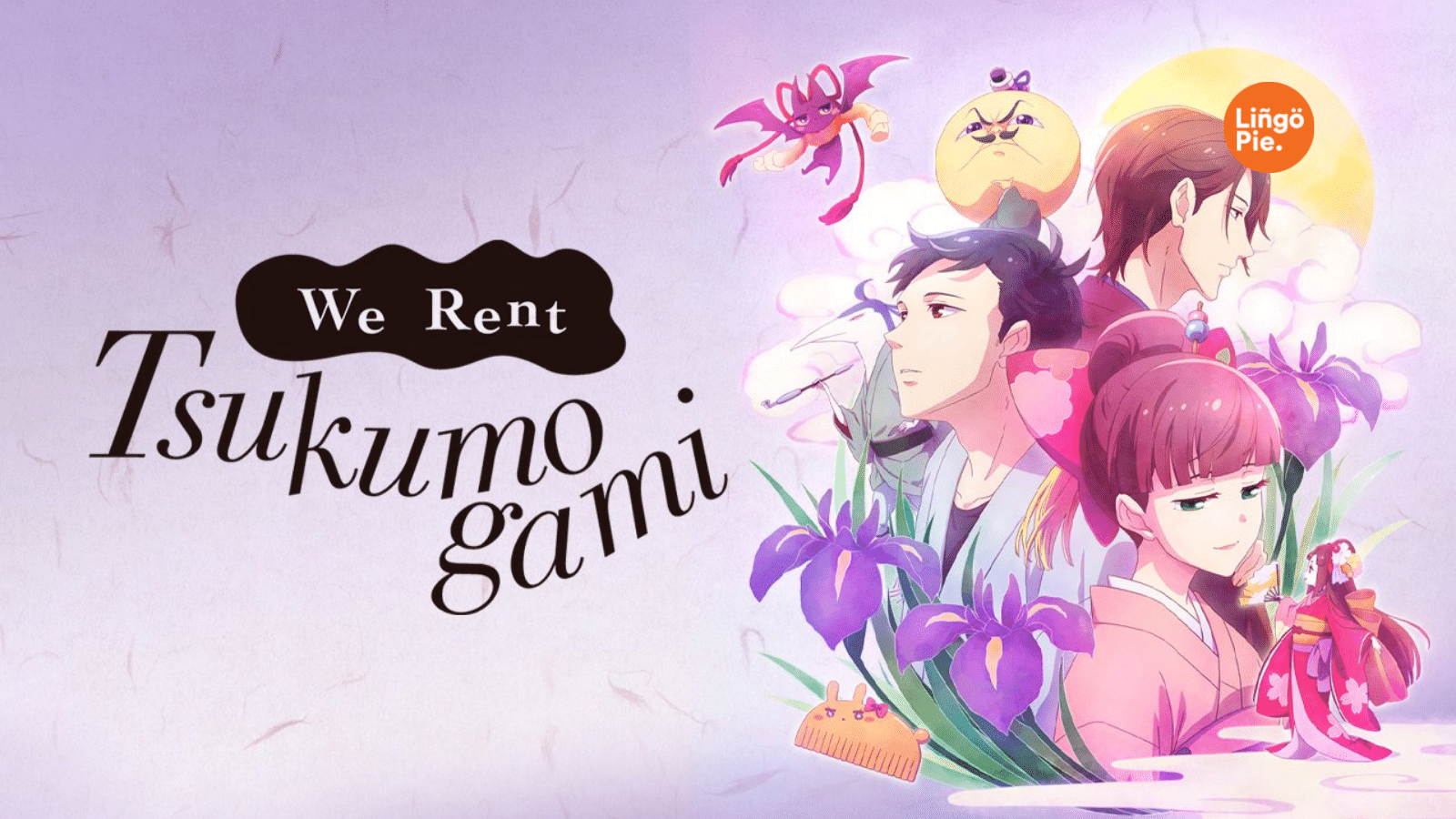
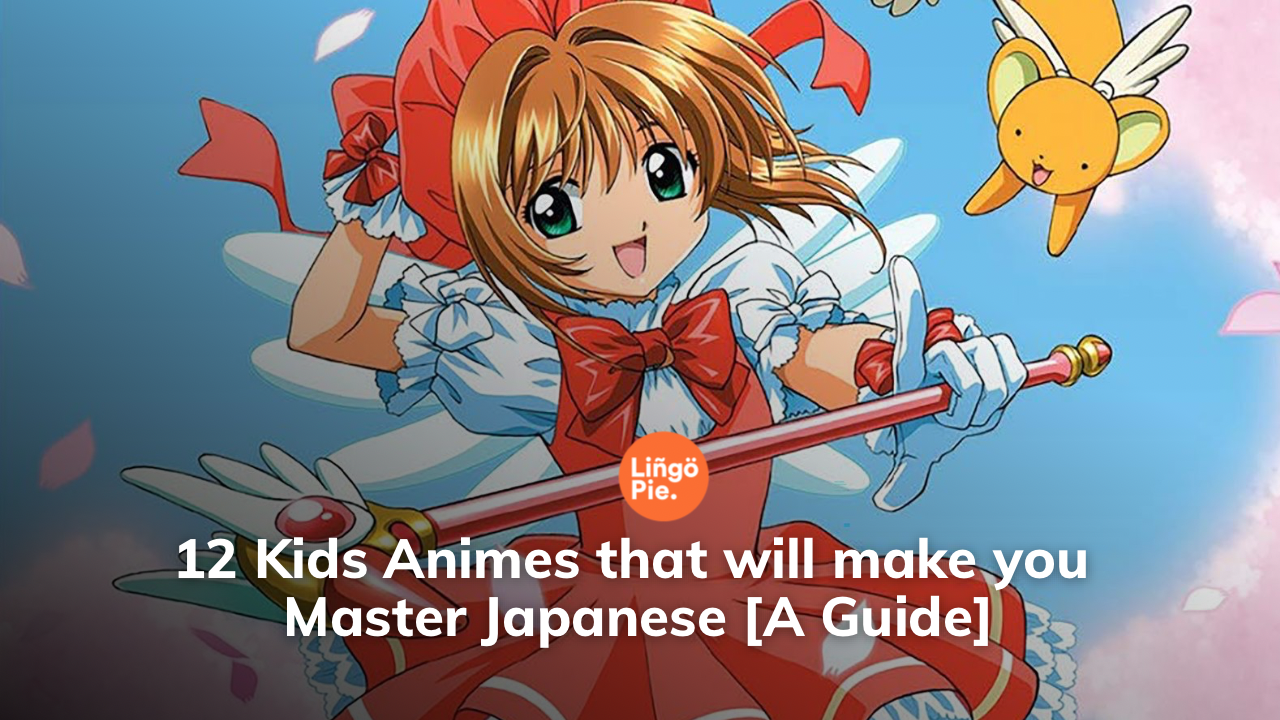
Some frequently asked questions.
1.Can you learn Japanese from Pokémon names?
Of course. You can learn Japanese from any anime series and Pokémon is no exception. As it was told above, you can learn the language from Pokémon names. Many of them tell us about the species it's based on (a cat, a dog, etc.) and also about its element, personality or characteristics (it shines, it gets angry, it's beautiful, it's water type and so on). Some Pokémon have names based on English words, like スリープ (suriipu), which is the Japanese name for Drowzee. But in general you can learn new vocabulary in Japanese connected to animals, things, emotions and much more.
2.Are Pokémon names written in Hiragana, Katakana or Kanji?
Pokémon names are written in Katakana. This script is not only used to write words that are not Japanese, but also it's used to write fictional names and all Pokémon have one of that kind. Despite most of them being clearly taken from Japanese words that are written using either Hiragana or Kanji, Katakana is the way to go. In conclusion, you can increase your vocabulary with Pokémon names, but also practice the Katakana script. Both writing and reading.
Also read:

3.Is Pokémon originally Japanese?
Yes, Pokémon was born in Japan in 1995 as a videogame for the original Nintendo Game Boy. The Trading Card Game and the anime series that followed in 1996 and 1997 respectively are also Japanese. So the Japanese Pokémon names are the original ones. Many of the Pokémon are created and named according to Japanese culture and traditions, like Magikarp evolving to Gyarados, which it's based on an ancient legend that tells that a koi, a kind of fish, transformed into a dragon. So, with Pokémon you can learn about Japan's culture and traditions too.
4.Do Pokémon speak Japanese?
Most Pokémon don't speak Japanese, except the ones that can talk the human language, like Mewtwo or Meowth. Well, technically most Pokémon 'speak' Japanese because they are repeating their name that has Japanese words in it, right? Some of them don't even repeat their name, though, and they just cry like real life animals. Pokémon in English say different things, and that also goes for French and German. So, Pokémon say different things in different regions of the world.
5.What is Pokémon language called?
In many series and movies, there are many fictional languages crafted for creatures and human groups. Those languages have a name (think of Star Trek's Klingon, for example). However, in Pokémon there is no name for a Pokémon language. What's more, we don't know if there is such a language. The only 'Pokémon language' we can think of is the one used by Unown, a mysterious Pokémon species, but we don't know how it sounds. We only know that it's a script based on the English alphabet.

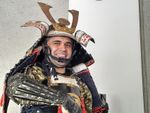
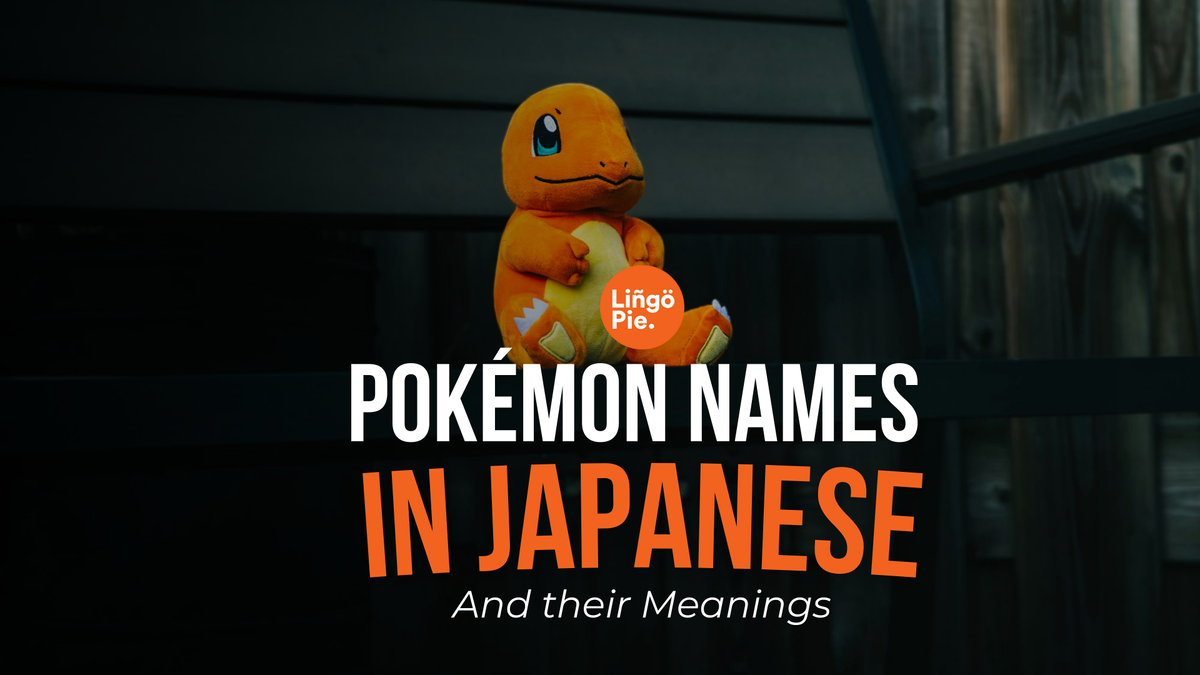






![6 Best Japanese Translation Apps For Learners [TESTED]](/blog/content/images/size/w300/2026/01/Best-Japanese-Translation-Apps.jpg)
![6 Best Japanese Language Apps Worth Trying [TESTED]](/blog/content/images/size/w300/2025/12/best-apps-to-Learn-Japanese.jpeg)